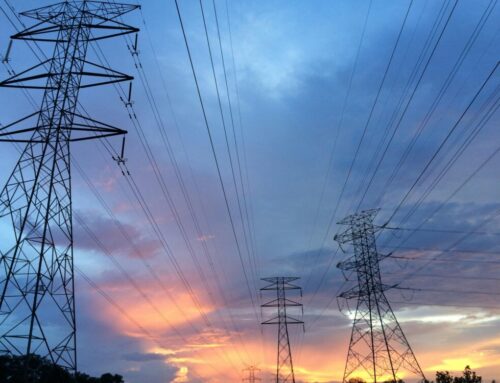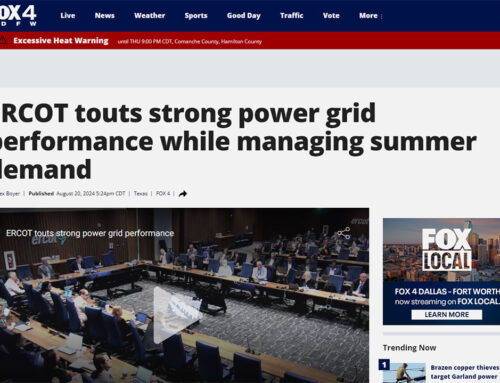Article published by Robert Walton on July 26, 2022 on utilitydive.com.

Retail electricity prices continue rapid rise; US homes could pay more than 15 cents/kWh next year: EIA (utilitydive.com)
More than 20 million families are behind on their utility bills, and their debt is growing, according to the National Energy Assistance Directors Association.
The federal government expects the price of electricity will continue to rise into 2023, and consumer advocates warn that customer arrears are rising as well.
The average price of electricity for residential consumers could reach $0.1524/kWh in 2023, the U.S. Energy Information Administration forecast on Thursday in its latest Short Term Energy Outlook. That would represent about a 3.3% increase from this year — and EIA says prices are already 7.5% higher today than they were in 2021.
“Higher retail electricity prices largely reflect an increase in wholesale power prices driven by rising natural gas prices,” the agency said.
The agency is forecasting U.S. residential electricity prices will average about $0.1475/kWh in 2022, up from $0.1372 in 2021 and $0.1316 in 2020. If EIA’s 2023 forecast is accurate, that would indicate an almost 16% increase in electricity prices in the four-year period.
“These are very high prices and will not be affordable for many households,” Mark Wolfe, executive director of the National Energy Assistance Directors Association, said in an email.
NEADA represents state directors of the federal government’s Low Income Home Energy Assistance Program. In August, the group released data showing U.S. families have about $16 billion in utility debt, up from $8.1 billion at the end of 2019. The average amount owed rose from about $403 to $792, the group said.
“We expect to see continued high arrearages accrued by families who cannot afford to pay these high prices on top of continued high rates [of] inflation in other essential goods like food and shelter,” Wolfe said.
Congress added $4.5 billion to LIHEAP as part of the American Rescue Plan Act, but NEADA maintains that the amount is “insufficient.”
“Preliminary data suggests that the utility arrearages will continue to rise this winter as all signs point to higher home energy prices as natural gas hits a 16 year high with no end in sight,” the group said.
The increase in energy prices is not uniform, EIA noted.
Wholesale electricity prices in the Southwest are expected to average $69/MWh this year, about 25% higher than 2021. Meanwhile, EIA said, the “highest forecast wholesale prices are at more than $100/MWh in ISO New England (up 96% from 2021) and New York ISO (up 124% from 2021).”
Natural gas’s share of U.S. generation is expected to remain largely constant in spite of higher prices this year, EIA said. It expects gas prices to fall in 2023.
Gas currently fuels about 37% of U.S. generation, EIA said, the same as it did in 2021. The agency expects gas’s share of generation will fall to 36% in 2023.
Coal generators will provide 21% of U.S. electricity in 2022 and 19% in 2023, EIA said.
“Growing generation from renewable sources limits growth in natural gas generation while coal’s generation share declines due to the expected retirement of coal-fired capacity,” the agency said.
EIA said it expects renewable resources to provide 22% of U.S. generation in 2022 this year and 24% in 2023.





